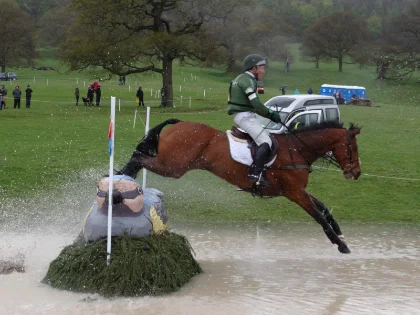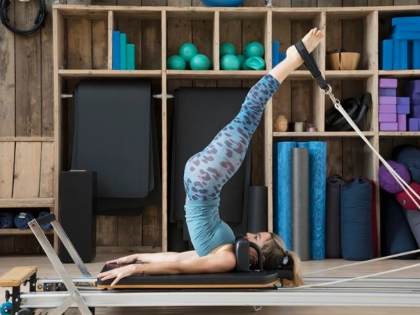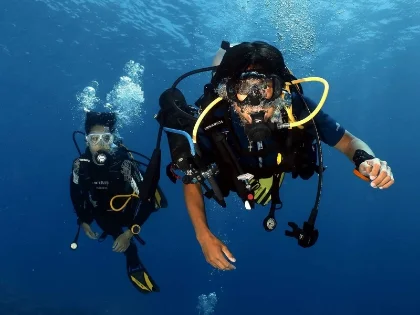Scuba Diving For Beginners: Your Gateway To The Underwater World
If you’ve ever traveled, you know the liberation that comes from exploring unique environments. This sense of adventure can be applied to scuba diving, too. Everyone, even veteran divers, has to learn both in the classroom and in the water. Thankfully, Gangga Divers uses the PADI eLearning system to allow you to complete this knowledge development online.
Equipment
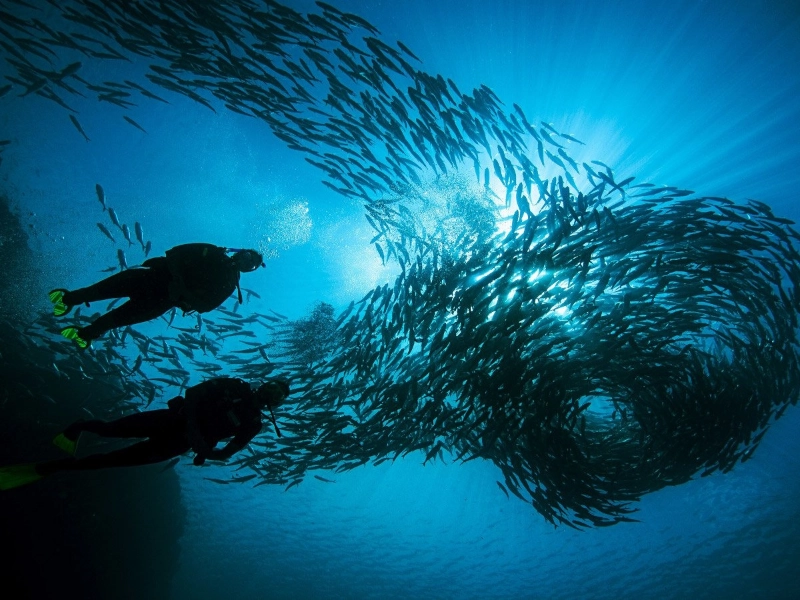
Training
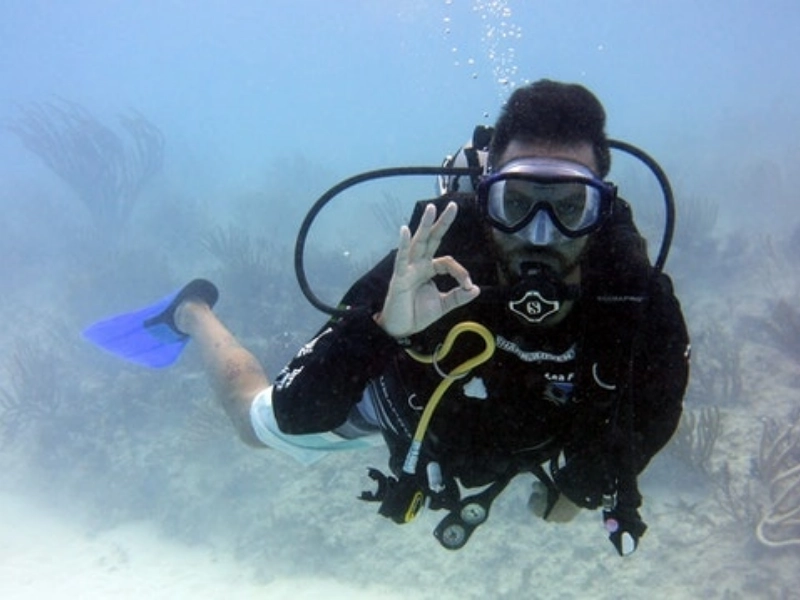 Scuba diving is a safe, relaxing and exciting activity. But it requires training and practice to become fully certified. A professional dive instructor will teach you how to properly use equipment, plan a dive and respond in an emergency.
Most scuba certification courses start with knowledge development, which can be completed at home on Gangga Divers PADI eLearning or in a classroom with an instructor. Some dive centers also offer traditional books and class sessions.
After completing knowledge development, your instructor will take you into the water to make confined and open water dives. The confined dives will give you the chance to practice skills in an indoor pool or a small section of the ocean, while the open-water dives will allow you to dive with your instructor by your side. Choose a course that offers enough time for in-water training so you can learn, practice, and reliably ingrain your skills. A fast-track course will likely leave you with weaker skills and less confidence after your certification.
Scuba diving is a safe, relaxing and exciting activity. But it requires training and practice to become fully certified. A professional dive instructor will teach you how to properly use equipment, plan a dive and respond in an emergency.
Most scuba certification courses start with knowledge development, which can be completed at home on Gangga Divers PADI eLearning or in a classroom with an instructor. Some dive centers also offer traditional books and class sessions.
After completing knowledge development, your instructor will take you into the water to make confined and open water dives. The confined dives will give you the chance to practice skills in an indoor pool or a small section of the ocean, while the open-water dives will allow you to dive with your instructor by your side. Choose a course that offers enough time for in-water training so you can learn, practice, and reliably ingrain your skills. A fast-track course will likely leave you with weaker skills and less confidence after your certification.
Practice
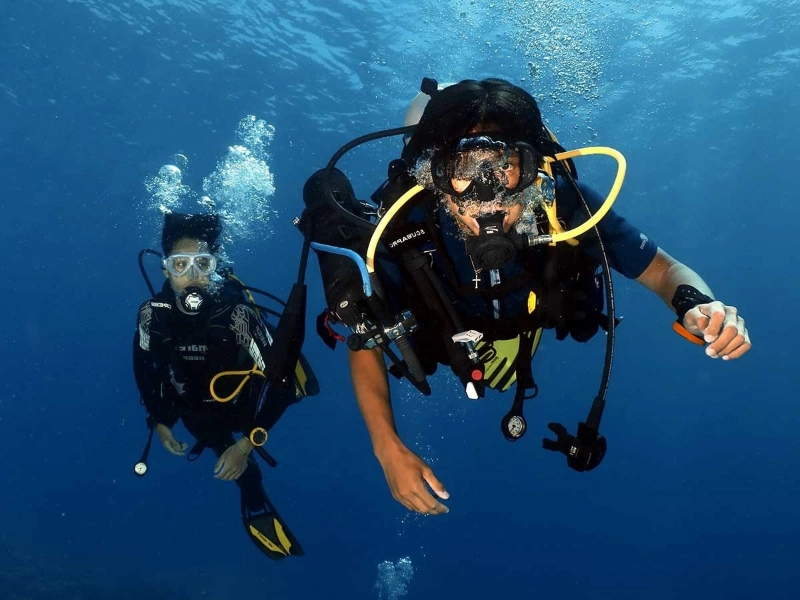 Learn to scuba dive safely by practicing in and out of water. This takes time and mistakes, but the more you practice, the safer your dives will be.
In addition to practicing diving skills, you will need to acclimate to the underwater environment. This can be a difficult adjustment for first-time divers, as the ocean’s fullness is unlike anything you have ever experienced before. It can also be a bit intimidating to be weightless while gliding through beautiful seascapes and exploring marine life that is in a constant state of flux.
Many dive centers and schools offer online learning options for scuba certification, while others still use the traditional method of knowledge development with scheduled classroom sessions. Regardless of the learning style you prefer, you should consider a private class if possible, as this will allow you to tackle new skills without having to worry about strangers in close proximity.
Learn to scuba dive safely by practicing in and out of water. This takes time and mistakes, but the more you practice, the safer your dives will be.
In addition to practicing diving skills, you will need to acclimate to the underwater environment. This can be a difficult adjustment for first-time divers, as the ocean’s fullness is unlike anything you have ever experienced before. It can also be a bit intimidating to be weightless while gliding through beautiful seascapes and exploring marine life that is in a constant state of flux.
Many dive centers and schools offer online learning options for scuba certification, while others still use the traditional method of knowledge development with scheduled classroom sessions. Regardless of the learning style you prefer, you should consider a private class if possible, as this will allow you to tackle new skills without having to worry about strangers in close proximity.
Safety
 During your initial lessons in the water, you’ll practice various diving skills until they become second nature. This helps to build your confidence and ensure that you can handle any dive situation safely. Maintaining physical fitness is also crucial, as scuba diving can be physically challenging.
Stay within several meters of your diving buddy to minimize risk and increase your safety in the event of an out-of-air emergency. Keeping your eyes and ears open to your environment is also essential to avoiding any accidents.
Avoid any marine creatures that have the potential to bite. Touching marine life is not recommended, as certain species secrete protective mucus that can be disrupted when touched. In addition, it is important to follow the 'rule of thirds', which states that you should use one third of your air for diving, a third for ascent, and the remainder in reserve. This will help you reduce the risk of decompression sickness and maximize your diving enjoyment.
During your initial lessons in the water, you’ll practice various diving skills until they become second nature. This helps to build your confidence and ensure that you can handle any dive situation safely. Maintaining physical fitness is also crucial, as scuba diving can be physically challenging.
Stay within several meters of your diving buddy to minimize risk and increase your safety in the event of an out-of-air emergency. Keeping your eyes and ears open to your environment is also essential to avoiding any accidents.
Avoid any marine creatures that have the potential to bite. Touching marine life is not recommended, as certain species secrete protective mucus that can be disrupted when touched. In addition, it is important to follow the 'rule of thirds', which states that you should use one third of your air for diving, a third for ascent, and the remainder in reserve. This will help you reduce the risk of decompression sickness and maximize your diving enjoyment.




